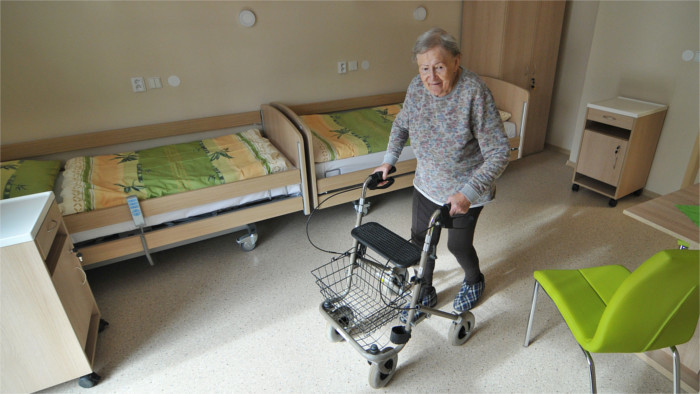According to experts, the demand for long-term care will grow dramatically in Slovakia, with insufficient financing and lack of staff being the biggest problems.
Since Slovakia, too, has been marked by the post-war mid-twentieth century baby boom, "people born after 1950 will soon create the next wave of huge demand for long-term care. This is Slovakia's number one problem forecasted for the coming decades," said the President of the Employment Institute Viliam Páleník. According to him, it is not possible to rely on home care anymore, since the relatives of seniors no longer share the same accommodation, as was common in the past. "At the same time, if successful and educated people were to abandon their jobs in order to start taking care of their elderly relatives, it would be a huge loss for society as a whole. Therefore, we need to consider making available better financing," says Páleník, adding that Slovakia should contribute more to long-term care, and that pensions alone won't be sufficient to cover the expenses involved.
Another problem is a lack of qualified staff, as many Slovaks working in this field are already employed in Austria or Germany. "The whole of Europe is getting older and there is huge competition in the field of long-term care," pointed out Páleník.
According to the Executive Director of the Council for Budget Responsibility, Viktor Novysedlak, long-term care spending is estimated at 0.9 percent of GDP, but is projected to nearly double in 50 years, to 1.5 to 1.6 percent of GDP. Moreover, according to Lydia Brichtová from the independent SocioFórum platform, there are more than 9,000 people on the long-term care waiting list, 5,400 of whom are waiting for a senior facility. "This shows us that something is not working," concluded Brichtová.

